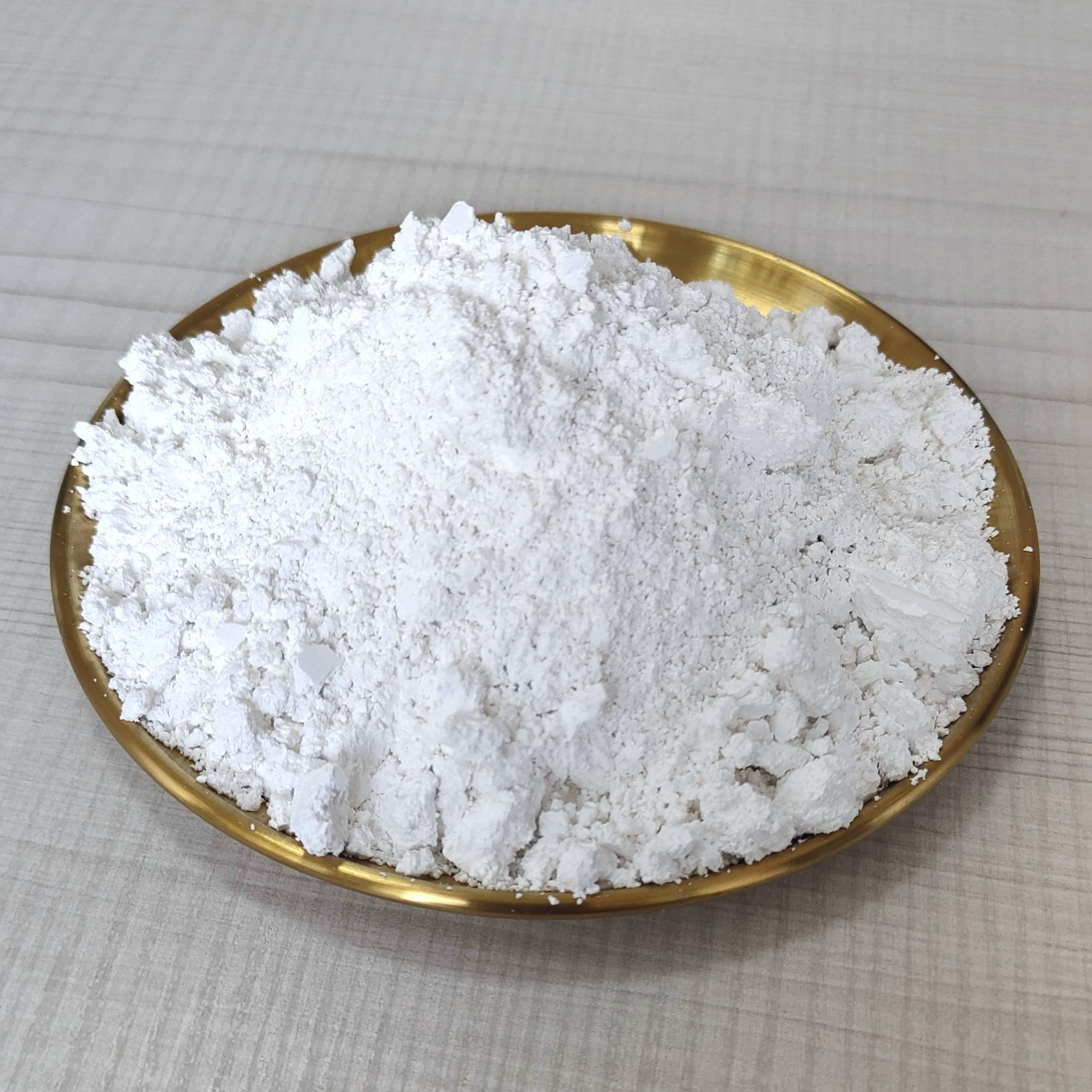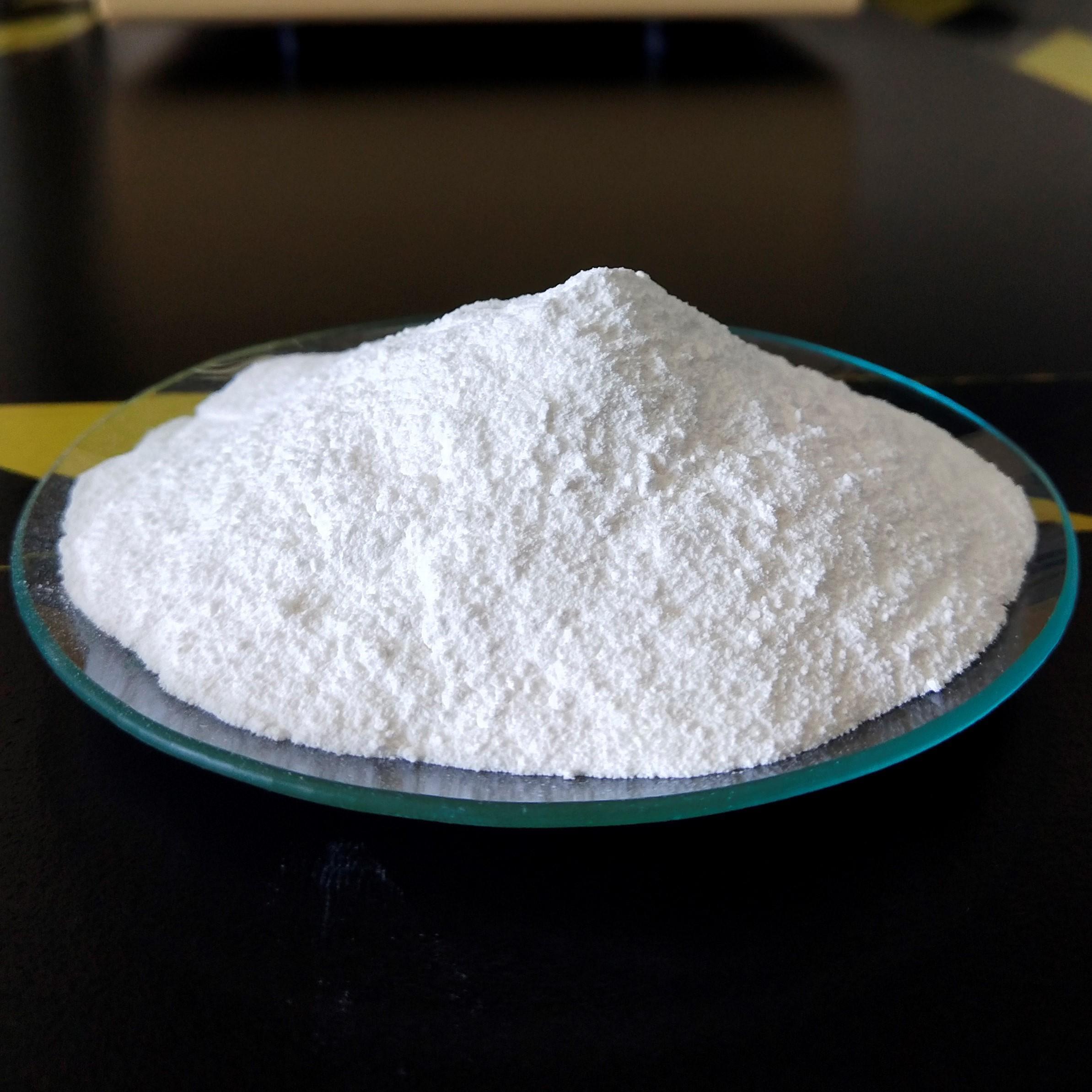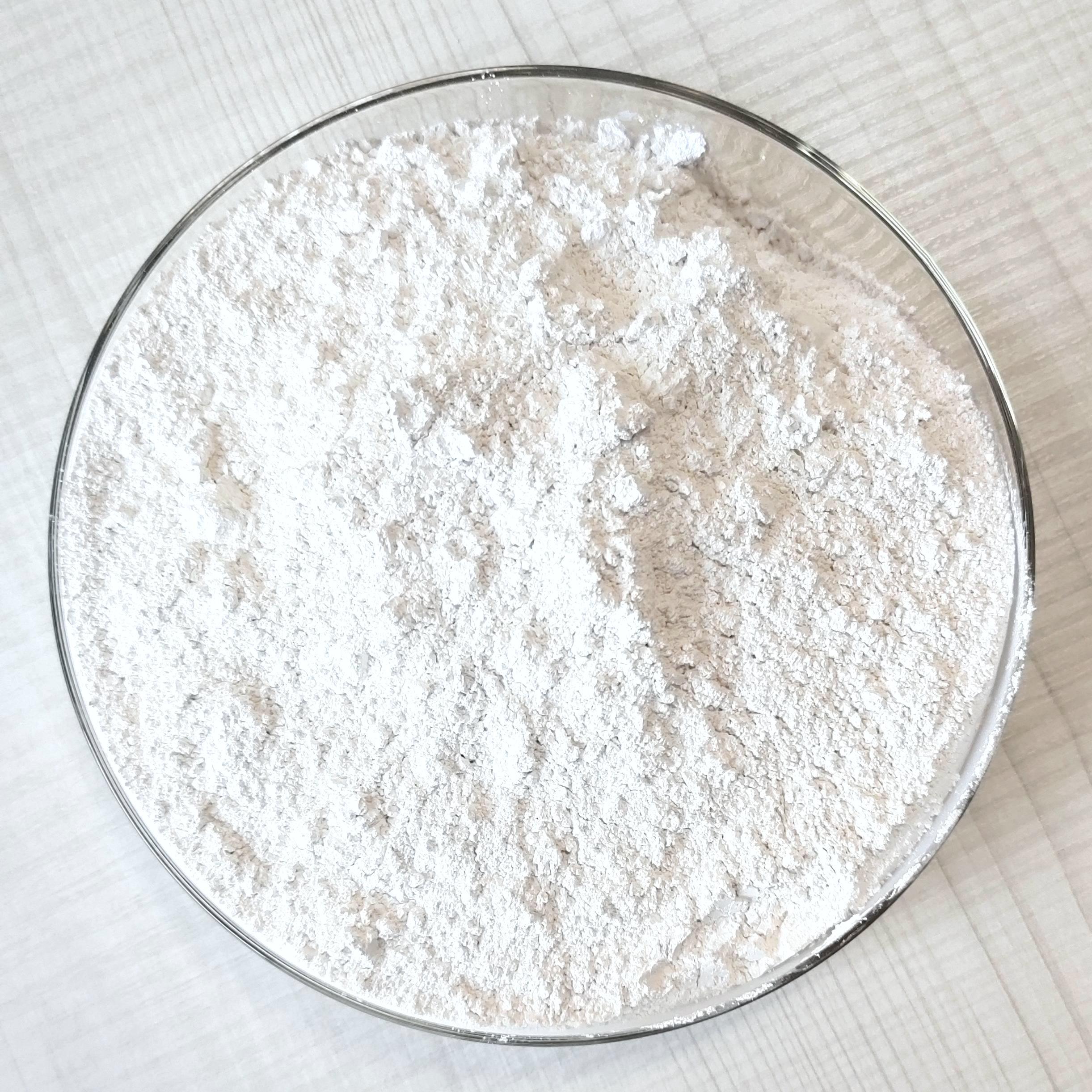04
2025
-
05
How Quality Ultrafine Nano Calcium Carbonate Enhances Pigment Performance: A Comprehensive Guide
How Quality Ultrafine Nano Calcium Carbonate Enhances Pigment Performance Table of Contents Introduction to Ultrafine Nano Calcium Carbonate Key Properties of Ultrafine Nano Calcium Carbonate Applications of Ultrafine Nano Calcium Carbonate in Pigments Benefits of Using Ultrafine Nano Calcium Carbonate in Pigment Formulation Mechanism of Interaction with Pigments Comparison with Conve
How Quality Ultrafine Nano Calcium Carbonate Enhances Pigment Performance
Table of Contents
- Introduction to Ultrafine Nano Calcium Carbonate
- Key Properties of Ultrafine Nano Calcium Carbonate
- Applications of Ultrafine Nano Calcium Carbonate in Pigments
- Benefits of Using Ultrafine Nano Calcium Carbonate in Pigment Formulation
- Mechanism of Interaction with Pigments
- Comparison with Conventional Calcium Carbonate
- Case Studies Demonstrating Performance Enhancements
- Future Trends in Nano Calcium Carbonate and Pigment Technology
- Conclusion
- Frequently Asked Questions (FAQs)
Introduction to Ultrafine Nano Calcium Carbonate
Ultrafine nano calcium carbonate (UCC) has emerged as a pivotal component in the formulation of high-performance pigments. Characterized by its extremely small particle size, typically in the range of 20 to 500 nanometers, UCC offers unique physical and chemical properties that significantly enhance the efficacy and appearance of pigments. This article aims to explore how UCC improves pigment performance, delving into its properties, applications, and the myriad benefits it brings to the industry.
Key Properties of Ultrafine Nano Calcium Carbonate
The exceptional performance of ultrafine nano calcium carbonate can be attributed to several key properties:
1. High Surface Area
UCC possesses a remarkably high surface area relative to its volume, facilitating superior interaction with other materials in a pigment formulation. This high surface area enhances the dispersion of pigments, leading to more vibrant colors and improved opacity.
2. Enhanced Brightness and Whiteness
Due to its fine particle size and purity, UCC contributes to increased brightness and whiteness in applications such as paints and coatings. This property is critical for achieving the desired aesthetic in various formulations.
3. Improved Rheological Properties
The incorporation of UCC into pigment formulations can optimize rheological properties, improving flowability and stability during application. This results in better application characteristics and consistency in the final product.
4. Chemical Stability
UCC is chemically stable, resistant to degradation from environmental factors such as humidity and temperature. This stability ensures that the performance of the pigment remains consistent over time.
Applications of Ultrafine Nano Calcium Carbonate in Pigments
UCC finds extensive application across various sectors, particularly in the paint, coating, plastics, and ink industries:
1. Paints and Coatings
In the paint and coatings industry, UCC is used to enhance opacity, brightness, and durability. Its ability to improve adhesion and reduce the amount of resin needed allows manufacturers to create more sustainable formulations.
2. Plastics
In plastic applications, UCC serves as a performance enhancer, improving the mechanical properties of the final product while also enhancing its aesthetic qualities. This is particularly useful in producing colored plastics with superior finish and durability.
3. Inks
UCC aids in the formulation of inks by enhancing color strength and improving drying times. This results in inks that deliver better performance on various substrates, making them ideal for both commercial and industrial printing applications.
4. Cosmetics
The cosmetic industry utilizes UCC for its whitening properties and ability to improve the texture of formulations. It can be found in a range of products, from foundations to sunscreens, ensuring a smooth and luxurious feel.
Benefits of Using Ultrafine Nano Calcium Carbonate in Pigment Formulation
The integration of UCC into pigment formulations presents several benefits:
1. Cost-Effectiveness
By improving the performance of pigments, UCC allows manufacturers to reduce the overall material costs. The enhanced efficiency means that less pigment is required to achieve the same results, resulting in significant cost savings.
2. Environmental Sustainability
The use of UCC contributes to more sustainable practices in the manufacturing process. By requiring fewer resources and producing less waste, UCC aligns with the industry’s goal of minimizing environmental impact.
3. Enhanced Product Quality
UCC enhances the overall quality of pigments, resulting in products that meet higher standards of performance. This improvement leads to increased customer satisfaction and brand loyalty.
4. Versatility
Ultrafine nano calcium carbonate is compatible with a wide variety of other materials, making it a versatile choice for formulators looking to innovate and improve their products.
Mechanism of Interaction with Pigments
Understanding how UCC interacts with pigments is vital to fully appreciating its benefits. The mechanisms include:
1. Adsorption
UCC can adsorb onto the surface of pigment particles, enhancing their dispersibility and stability. This process leads to more uniform distributions of color and improved performance characteristics.
2. Physical Reinforcement
The presence of UCC can physically reinforce pigment particles, increasing their resistance to settling and agglomeration. This ensures that pigments remain suspended and effective throughout their application.
3. Chemical Bonding
The chemical properties of UCC allow for potential bonding with other components in the formulation, leading to improved adhesion and overall product durability.
Comparison with Conventional Calcium Carbonate
While conventional calcium carbonate (CC) has been used traditionally, UCC presents several advantages:
1. Particle Size
UCC has a significantly smaller particle size compared to CC, which allows for improved surface area and better interaction with pigments.
2. Performance Enhancements
The unique properties of UCC lead to noticeable improvements in color strength, opacity, and overall formulation stability compared to CC.
3. Formulation Flexibility
UCC provides greater formulation flexibility, allowing for more innovative combinations and applications that CC simply cannot achieve.
Case Studies Demonstrating Performance Enhancements
Several studies have highlighted the positive impact of integrating UCC into pigment formulations:
1. Case Study in Paint Manufacturing
In a recent study, a leading paint manufacturer incorporated UCC into their formulations. The result was a 20% improvement in color strength and a 15% reduction in resin content, leading to cost savings and enhanced product quality.
2. Case Study in Plastic Production
A plastic manufacturer reported that the inclusion of UCC improved the tensile strength of their colored plastics by 30%, demonstrating its effectiveness in enhancing mechanical properties.
Future Trends in Nano Calcium Carbonate and Pigment Technology
As technology evolves, the future of ultrafine nano calcium carbonate in pigment applications appears promising:
1. Advancements in Production Techniques
Innovations in production techniques will likely lead to even finer and more consistent UCC, increasing its effectiveness and versatility in formulations.
2. Expanding Applications
Emerging applications in sectors such as electronics and renewable energy may see an increased use of UCC, further broadening its market potential.
3. Sustainability Initiatives
With the growing emphasis on sustainability, the demand for environmentally friendly additives like UCC is expected to rise, driving further research and development in this area.
Conclusion
Quality ultrafine nano calcium carbonate stands out as a transformative ingredient in enhancing pigment performance across various industries. By understanding its properties, applications, and benefits, manufacturers and formulators can leverage UCC to create superior products that meet modern consumer demands. As innovations in this field continue to develop, the potential for ultrafine nano calcium carbonate to shape the future of pigment technology remains vast.
Frequently Asked Questions (FAQs)
1. What is ultrafine nano calcium carbonate?
Ultrafine nano calcium carbonate is a form of calcium carbonate with extremely small particle sizes, typically ranging from 20 to 500 nanometers, which enhances its properties and performance in various applications.
2. How does ultrafine nano calcium carbonate improve pigment performance?
UCC improves pigment performance by enhancing brightness, opacity, and dispersibility, leading to more vibrant and durable colors in formulations.
3. What industries benefit from using ultrafine nano calcium carbonate?
Industries such as paints, coatings, plastics, inks, and cosmetics benefit significantly from the incorporation of UCC into their formulations.
4. What are the advantages of UCC over conventional calcium carbonate?
UCC offers advantages such as higher surface area, improved performance characteristics, and greater formulation flexibility compared to conventional calcium carbonate.
5. Are there any environmental benefits to using ultrafine nano calcium carbonate?
Yes, the use of UCC can lead to more sustainable manufacturing practices by reducing resource consumption and waste generation, aligning with environmental initiatives in the industry.
quality ultrafine nano calcium carbonate
Get in Touch with Us Today

EZ Chemical is one of the best suppliers of calcium carbonate series products in China.
CONTACT US
E-mail: kevin_song@ezchemical.cn
ADD:Room 2008, Building 8, Jinse Yangguang, Xin'an East Road, Xin'anjiang Street, Jiande City, Zhejiang Province, China.



